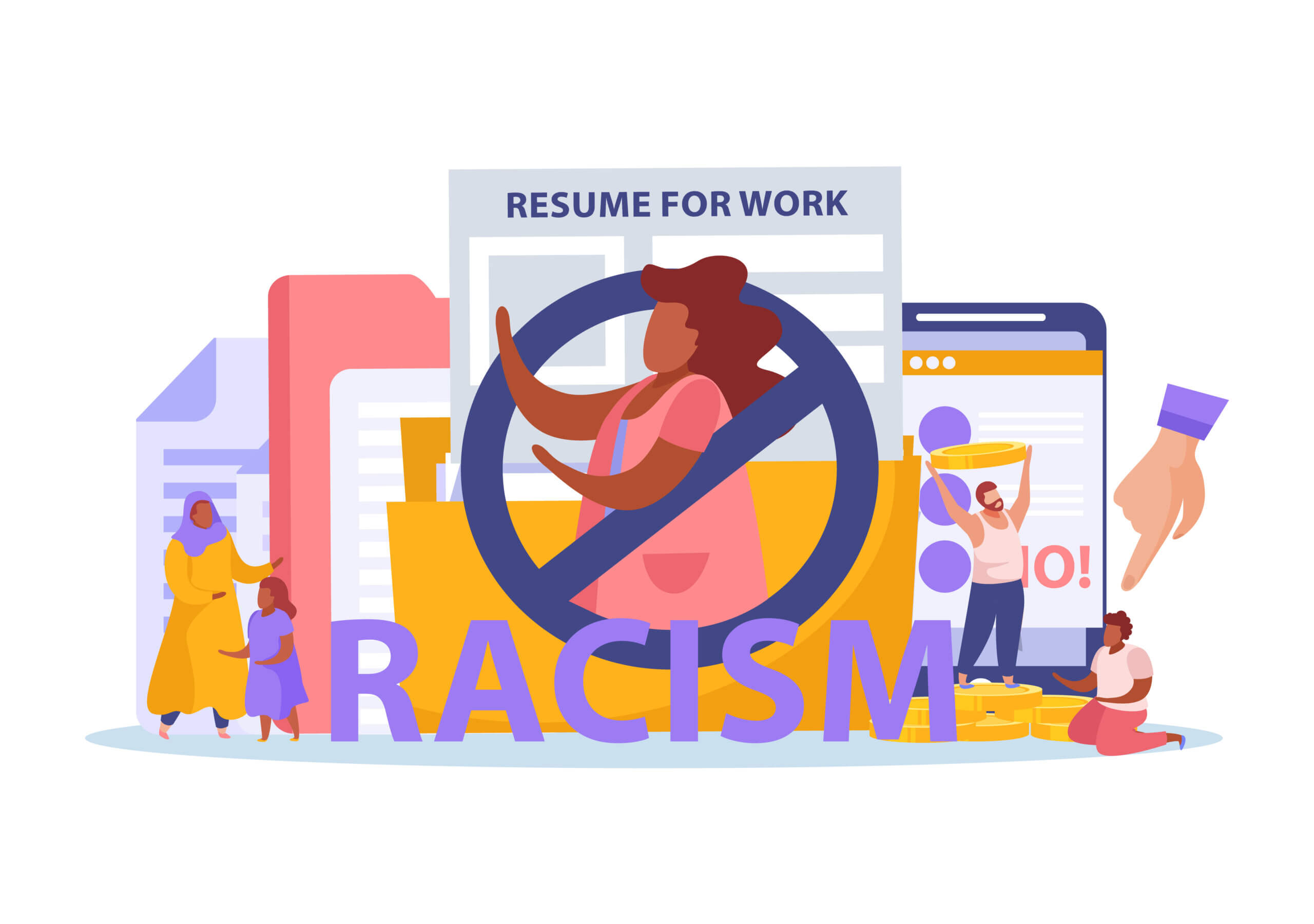Human Resource professionals are often given the task to create performance management systems. One would expect these systems should focus on the individual and organizational performance needed to achieve the organization’s targets and goals. However, it seems that often times these systems are counter-productive and result in anything but higher levels of achievement consistently and across all areas of the organization.
In my experience, the more systems we try to create, the more controls we tend to impose on the people in the organization. And despite the research that indicates these systems don’t produce improved engagement and long term productivity, we still tend to focus on systems that inflict control and encourage managers to monitor employees closely imposing strict rules and compliance.
A few years ago, I attended a SHRM conference where the keynote lunch speakers were Cali Ressler and Jody Thompson, the creators of R.O.W.E. (Results Only Work Environment). As the speakers explained R.O.W.E. and the supported research and positive impact it had when launched at their organization, my table mates were shaking their heads and commenting on how it would never work in their organization.
In his book, Drive, Daniel Pink discusses further research and examples of organizations whose systems are getting more consistent results. These organizations are doing things differently than the traditional HR systems. Examples include Netflix no vacation policy and the customer service policy at Zappos which includes no scripts and no call time limits. These organizations have been able to achieve leading customer service and employee loyalty. They have become models for achieving the results that many HR folks are striving for when creating their systems. However, what do you think those HR folks say when they go to Vegas to tour Zappos? Oh, this would never work in our organization.
In our organization we manage to the 15% of people who need those rules, those scripts, and all that monitoring. And we can’t figure out why the other 85% keeps leaving.
—
For more resources, See the Human Resources library.
—
Sheri Mazurek is a training and human resource professional with over 16 years of management experience, and is skilled in all areas of employee management and human resource functions, with a specialty in learning and development. She is available to help you with your Human Resources and Training needs on a contract basis. For more information send an email to [email protected] or visit www.sherimazurek.com. Follow me on twitter @Sherimaz










